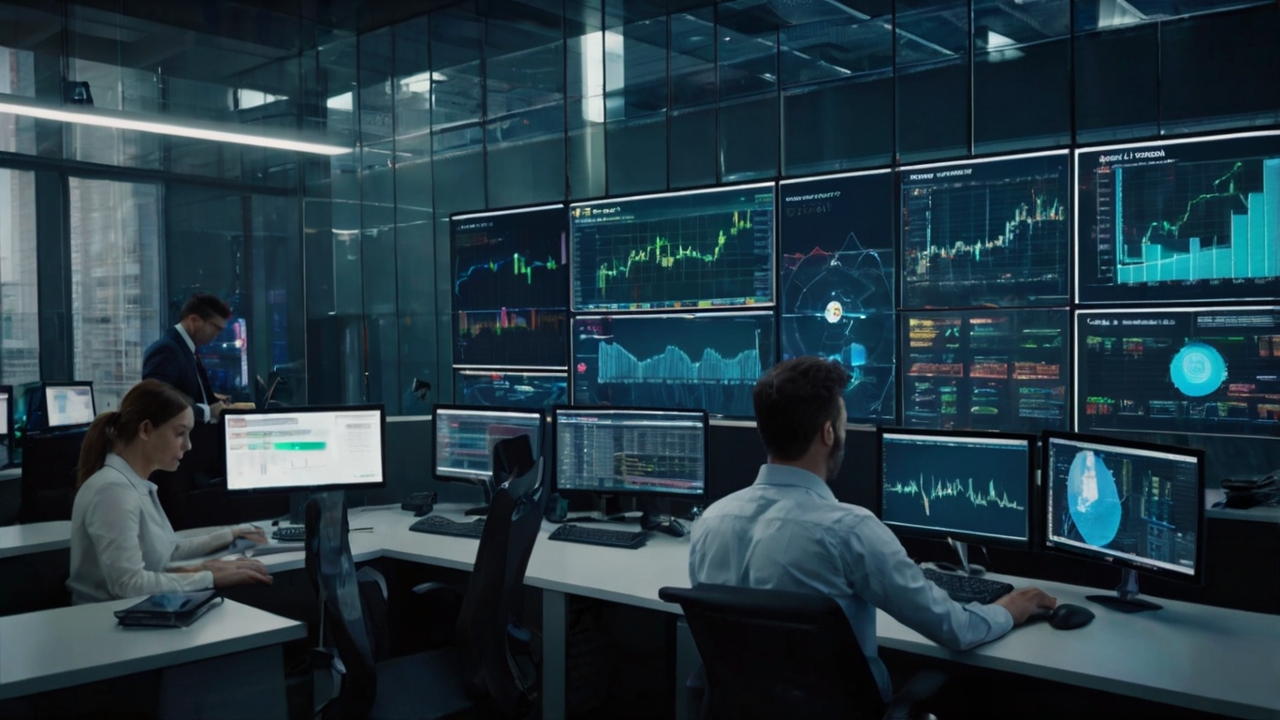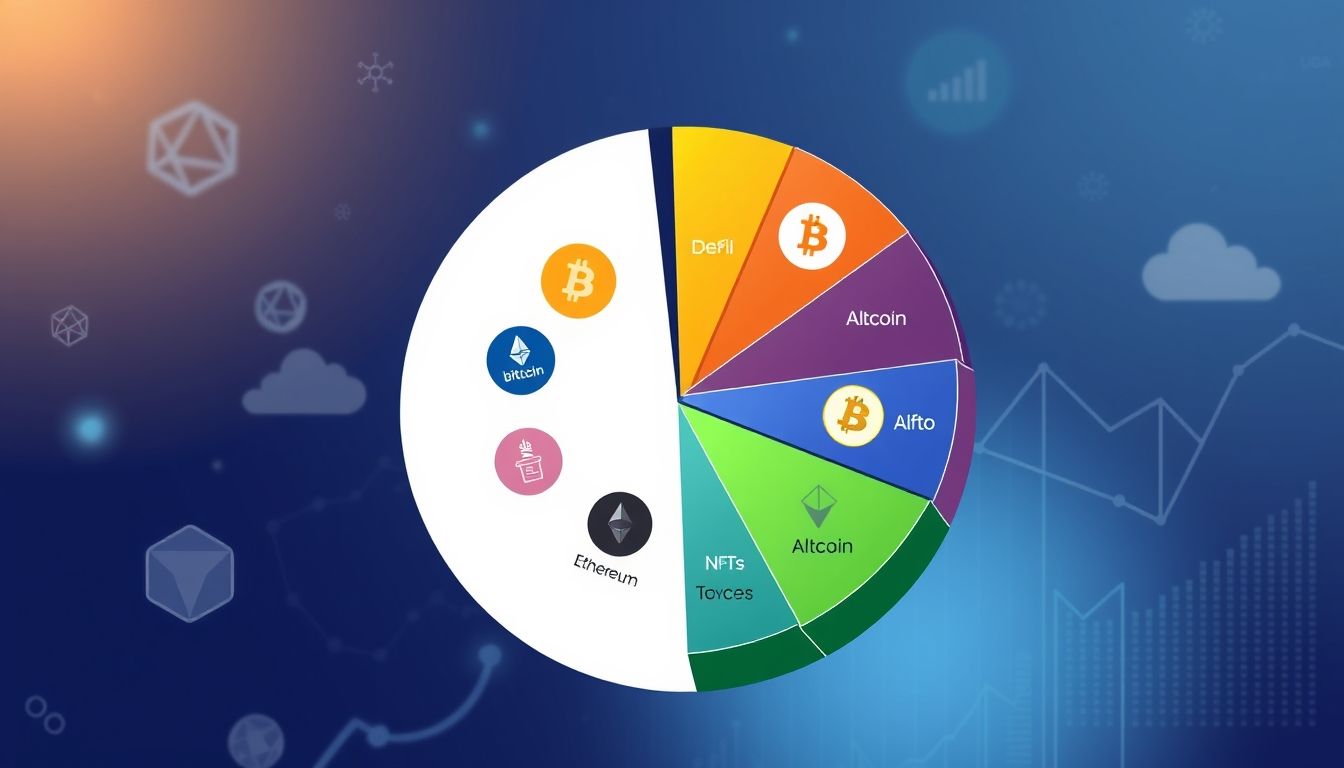Introduction to Cryptocurrency Day Trading
Cryptocurrency day trading is a trading style that aims to generate small but frequent profits by exploiting daily price fluctuations. This style requires in-depth knowledge of the markets, the ability to perform technical analysis, and effective risk management.
What is Day Trading?
Day trading is the process of buying and selling financial assets within the same day, with the goal of profiting from small price movements. In the cryptocurrency market, this means buying and selling cryptocurrencies within the same day, often multiple times a day.
Why Day Trade Cryptocurrencies?
- High Volatility: The cryptocurrency market is known for its high volatility, providing numerous opportunities for day traders.
- Potential for Quick Profits: Traders can achieve quick profits by exploiting small price movements.
- Flexibility: Traders can trade at any time of the day, as the cryptocurrency market operates 24/7.
Understanding the Cryptocurrency Market
Before starting day trading, it's essential to understand the cryptocurrency market and how it works. This includes understanding the factors that influence prices, analyzing charts, and using technical tools.
Factors Affecting Cryptocurrency Prices
- Supply and Demand: Like any other market, the price of a cryptocurrency is affected by its supply and demand.
- News and Events: News related to cryptocurrencies, such as technological developments or regulatory changes, can affect prices.
- Market Sentiment: General investor sentiment can affect prices, as fear or greed can drive prices up or down.
- Media Influence: Media coverage of cryptocurrencies can significantly impact their prices.
Chart Analysis
Chart analysis is an essential tool for day traders. It helps them identify price trends, support and resistance levels, and potential entry and exit points.
Profitable Day Trading Strategies
There are several strategies that day traders can use to generate profits. Here are some of the most common strategies:
Scalping
Scalping is a strategy that involves making a large number of small trades throughout the day, with the goal of making small profits from each trade. This style requires speed of execution and the ability to make quick decisions.
Range Trading
Range trading is a strategy that involves identifying a price range in which the cryptocurrency is moving, buying the currency when it reaches the lower end of the range and selling it when it reaches the upper end.
Trend Trading
Trend trading is a strategy that involves identifying the price trend of the cryptocurrency and trading in the direction of that trend. This style requires the ability to identify price trends and anticipate their continuation.
Breakout Trading
Breakout trading is a strategy that involves identifying support and resistance levels, waiting for the price to break through these levels, and then trading in the direction of the breakout.
Day Trading Tools
Day traders need a range of tools to help them make trading decisions. These tools include:
Charts
Charts are an essential tool for analyzing prices and identifying price trends. There are many different types of charts, such as line charts, bar charts, and candlestick charts.
Technical Indicators
Technical indicators are mathematical calculations based on price and volume data. Technical indicators are used to identify price trends, support and resistance levels, and potential entry and exit points. Examples of technical indicators include moving averages, the Relative Strength Index (RSI), and the Moving Average Convergence Divergence (MACD).
Risk Management Tools
Risk management tools are essential for protecting capital and minimizing losses. These tools include Stop-Loss Orders and Take-Profit Orders.
Risk Management in Day Trading
Risk management is a crucial aspect of day trading. It's essential to develop a risk management plan before starting trading and stick to it.
Determining Trade Size
Traders should determine trade size based on their risk tolerance. A general rule is to not risk more than 1-2% of capital on any single trade.
Using Stop-Loss Orders
Stop-loss orders are orders placed to automatically close a trade if the price reaches a certain level. Stop-loss orders help limit potential losses.
Portfolio Diversification
Portfolio diversification is a strategy that involves spreading capital across a variety of cryptocurrencies. Diversifying the portfolio helps reduce overall risk.
Choosing the Right Trading Platform
Choosing the right trading platform is crucial for day trading. The platform should be reliable, easy to use, and offer a wide range of tools and features.
Features to Look for in a Trading Platform
- Low Fees: Fees should be low to maximize profits.
- High Liquidity: Liquidity should be high to ensure the ability to quickly buy and sell cryptocurrencies.
- Security: The platform should be secure to protect capital.
- Tools and Features: The platform should offer a wide range of tools and features, such as charts and technical indicators.
Psychology in Day Trading
Psychology can play a significant role in the success or failure of a day trader. It's essential to control emotions and avoid making impulsive decisions.
Controlling Emotions
Fear and greed are two of the strongest emotions that can affect trading decisions. Traders must learn how to control these emotions and avoid making impulsive decisions.
Sticking to the Plan
It's essential to develop a trading plan and stick to it. The plan should include clear goals, specific strategies, and rules for risk management.
Common Day Trading Mistakes and How to Avoid Them
There are several common mistakes that day traders make. By identifying these mistakes and avoiding them, traders can increase their chances of success.
Trading Without a Plan
Trading without a plan is one of the most common mistakes. Traders should develop a trading plan and stick to it.
Risking Too Much Money
Risking too much money on a single trade can lead to significant losses. Traders should determine trade size based on their risk tolerance.
Not Using Stop-Loss Orders
Not using stop-loss orders can lead to significant losses. Traders should always use stop-loss orders to limit potential losses.
Taxes on Cryptocurrency Day Trading Profits
Traders should be aware of the taxes on cryptocurrency day trading profits. Tax laws vary from country to country, so it's important to consult a tax professional for appropriate advice.
Keeping Accurate Records
It's essential to keep accurate records of all trades, including the date of purchase and sale, the price, and fees. These records will help in calculating profits and losses for tax purposes.
Tips for Beginner Day Traders
Here are some tips for beginner day traders:
- Start with a Small Amount of Money: Don't risk too much money until you gain experience.
- Learn Technical Analysis: Technical analysis is an essential tool for day traders.
- Practice Trading on a Demo Account: Before trading with real money, practice trading on a demo account.
- Be Patient: Success in day trading takes time and effort.
Disclaimer: Trading in cryptocurrencies involves high risk. You should only trade with money that you can afford to lose. This article is for educational purposes only and should not be considered financial advice.




